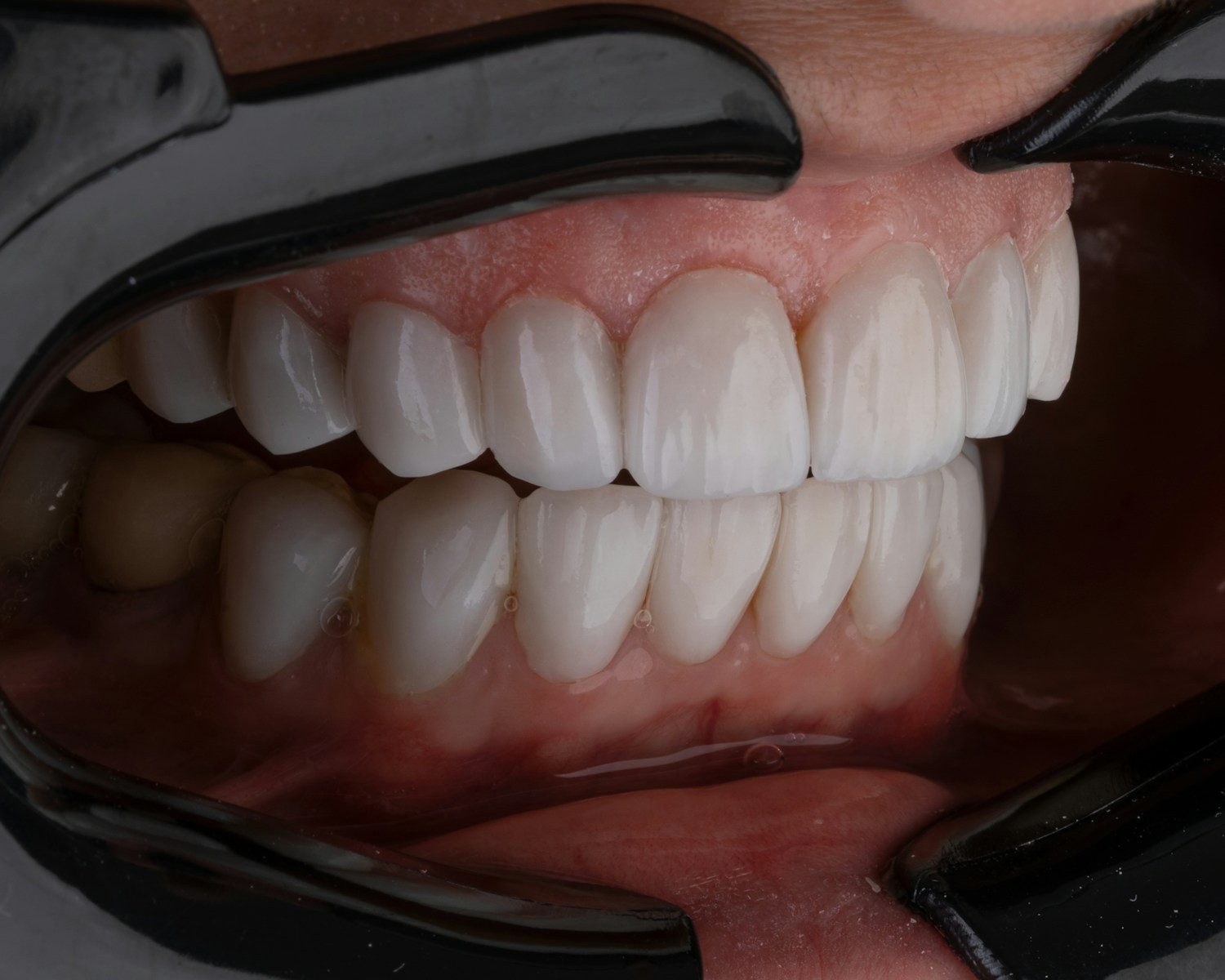Welcome to the enlightening world of CT scanning, where technology meets medical innovation to peek inside the human body like never before. In this article, we're diving deep into the basic principles of CT scan technology.
Whether you're simply curious or looking to broaden your knowledge on the subject, we've got you covered. Prepare to unravel the mysteries behind the working principle of CT scans, and how these marvels of medical technology help in diagnosing and understanding human ailments better. So, let’s embark on this journey of discovery together.
Understanding the Basic Principle of CT Scan Technology
The foundation of CT scan technology is fascinating yet straightforward. At its core, the basic principle of a CT scan revolves around the use of X-ray measurements taken from different angles around the body.

These measurements are then processed by a computer to generate cross-sectional images, or slices, of internal structures and organs. This technique allows for a highly detailed view inside the human body, surpassing traditional X-rays by offering depth and clarity.
The key to understanding this technology lies in appreciating how these multiple X-ray snapshots can be compiled to create a three-dimensional image. This capability not only enhances the detection and diagnosis of medical conditions but also aids in planning and guiding medical treatments, showcasing the indispensable role of CT scans in modern healthcare.
The Working Principle of CT Scan: How It Sees Inside You
Diving deeper into how CT scans function, the working principle of CT scan technology is a masterpiece of medical engineering. It begins when you are positioned inside a CT scanner, which is essentially a large, doughnut-shaped machine.
This machine houses an X-ray source and detectors, which rotate around you, emitting narrow beams of X-rays. As these X-rays pass through your body, they are absorbed in varying degrees, depending on the density of the tissues they encounter.
The detectors capture this data and relay it to a computer.
The computer then applies sophisticated algorithms to reconstruct the data into detailed images. These images can show everything from bones and blood vessels to soft tissues and organs with remarkable clarity, enabling healthcare professionals to diagnose conditions with precision and insight, pushing the boundaries of internal imaging.
What Is the Principle of CT Scan? Demystifying the Science
To further demystify the principle of a CT scan, it's integral to recognize its reliance on digital geometry processing. This principle is what allows CT scans to create detailed images from the X-ray data collected.
Unlike traditional X-rays that offer a flat, two-dimensional view, the CT scan compiles multiple images to construct volumetric, three-dimensional representations of patient anatomy.

This is possible through the incremental rotation of the X-ray source and detectors around the patient, capturing hundreds or even thousands of pictures from various angles. Each sectional image represents a slice of the area being examined, with the thickness of these slices adjustable according to diagnostic needs.
By analyzing these slices, medical professionals can examine individual layers of the body without obstruction from overlapping structures, providing an unparalleled glimpse into the human body's intricate workings.
From X-rays to 3D Imagery: The Evolution of CT Scanning Principles
The evolution of CT scanning principles from simple X-rays to complex 3D imagery marks a significant leap in medical diagnostics. Originally, X-rays provided a basic, two-dimensional view of the body's internal structures, useful but limited by overlapping tissues that could obscure details.
The advent of CT technology transformed this landscape by applying the principle of ct scan to generate three-dimensional images. This leap was made possible by combining rotational X-ray capture and sophisticated computing algorithms to reconstruct detailed internal images.
The transition to 3D imaging has significantly enhanced the ability to diagnose and treat diseases by offering clear, concise views of soft tissues, vessels, and bones without invasive procedures.
This progression underscores not just technological advancement but a better understanding of human anatomy and pathology, paving the way for improved patient care and treatment outcomes.
Practical Insights: How CT Scanning Principles Impact Healthcare Today
Understanding the principle of ct scan and its application offers practical insights into its profound impact on healthcare today. By providing detailed images of the body’s internal structures, CT scanning aids in the accurate diagnosis of diseases, planning of surgical procedures, and monitoring of treatment progress.

Its non-invasive nature allows for early detection of conditions such as cancer, cardiovascular diseases, and injuries, significantly improving the chances of successful treatment.
Moreover, the ability to visualize and assess the extent of diseases precisely helps in tailoring treatments to individual patient needs, optimizing therapeutic outcomes. In emergency situations, the rapid imaging capabilities of CT scans can be life-saving, offering quick assessments that guide immediate medical interventions.
As CT technology continues to advance, its role in enhancing patient care, reducing invasive diagnostic procedures, and improving healthcare delivery remains pivotal, demonstrating the enduring value of understanding and applying CT scanning principles in medical practice.

